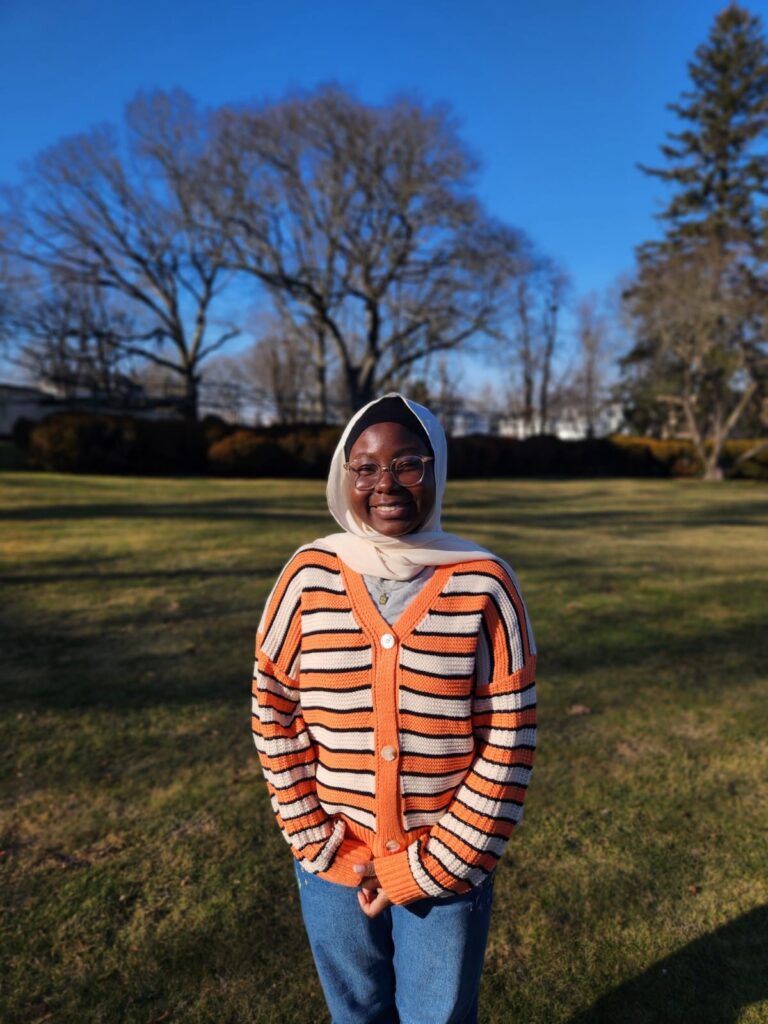Live Poster Session: Zoom Link
Abstract: Despite Alcohol being the most commonly misused drug in the world, treatment-seeking rates for alcohol-related problems like excessive alcohol consumption and Alcohol Use Disorder remain relatively low till today. While multiple factors contribute to the wide treatment gap, less is researched about the demographics of individuals interested in receiving treatment but are impacted by the elements that contribute to the treatment gap for excessive alcohol use. This study analyzes the help-seeking patterns in individuals characterized as heavy drinkers, based on their personal income status, and the help-seeking behaviors across different genders. Data from the first wave of the National Epidemiologic Survey on Alcohol and Related Conditions (NESARC) serves as a representative sample of adults in the U.S. with chronic alcohol consumption (n=2036, 1612 males and 424 females) from 2001-2002. Although results from the chi-squared test revealed that while individuals who fall under the category of medium-high personal income status are 23% less likely to seek help compared to those with low personal income, the relationship is not statistically significant (OR = 0.77, CI = [0.612- 0.96], p = 0.07903). However, the chi-square of independence test between gender and likelihood of seeking help was statistically significant (OR = 0.70, CI = [0.52-0.92], p = 0.01581), with males being more likely to seek help than females. After controlling for gender, the multiple logistic regression test revealed that there is an association between personal income and the likelihood of seeking help for excessive alcohol use, indicating that gender was a cofounder in the relationship. This added area of study will aid in a better understanding of the treatment gap in the healthcare system concerning substance use such as excessive alcohol consumption.


